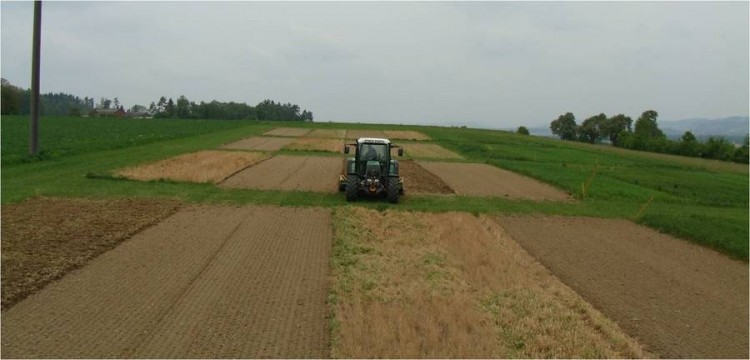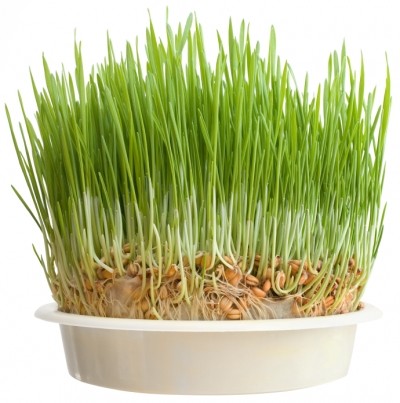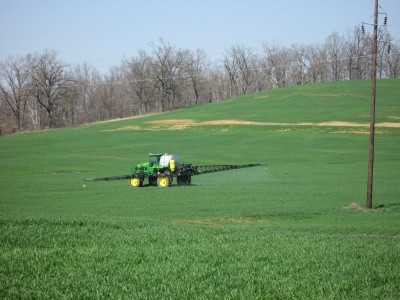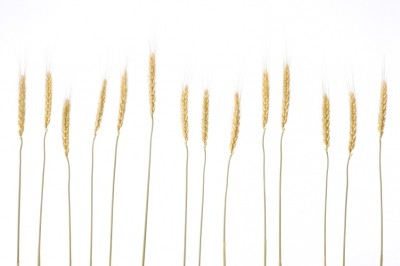Agrochemical alternatives: Cover crops for a sustainable future

The OSCAR project started in April 2012 and runs until 2016, bringing together 20 scientific researchers and agronomists from across Europe, as well as Morocco and Brazil.
Most cereal farmers around the world continue to rely on agrochemicals to suppress weeds and improve soil structure and fertility but these scientists have said that agrochemicals are not sustainable in the long-term.
They have embarked on the four-year project to identify new species and genotypes for use as cover crops and promote findings to industry.
Cover crops, or ‘subsidiary crops’ are planted to manage soil fertility for the main crops. This type of soil management is widely used on small-scale Asian and African farms, where agrochemicals and the machinery used to apply it is not so readily available.
Dr Henry Creissen, Crops researcher at The Organic Research Centre – one of the project’s 15 partners, said that the high energy agrochemical approach to farming was not sustainable and so alternative methods must be explored.
“Chemical fertilizers and pesticides are energetically and economically costly to produce and are sometimes detrimental to the local environment - sometimes leading to the creation of nitrate vulnerable zones where there are restrictions to reduce watercourse pollution,” he told Milling & Grains.
The natural way to enrich soil
The benefits of cover crops are vast, Creissen said. They can lead to increased species diversity and duration of soil cover during rotation, minimize the use of tillage and agrochemicals, enhance soil carbon content, reduce water demand in dry climates and improve soil workability in wetter climates, he said.
In addition, suitable cover crops in wheat farming can significantly increase available soil nitrogen, Creissen explained.
“Undersowing legumes into the cereal crop can increase available nitrogen when demand by the crop is at its greatest. If used correctly as part of a suitable arable rotation, cover crops can lead to wheat yields comparable to those achieved using high levels of inorganic nitrogen fertilizers. Vetch, lucerne and many species of clover offer up to 150kgN/ha a season.”
Facilitating knowledge exchange
The OSCAR project will develop improved ways of integrating subsidiary crops as living or dead mulches, or covercrops with the main crops in rotations so as to simultaneously improve crop nutrition, health, and productivity, Creissen said.
“In addition, the development of new farm technology and machinery will facilitate the cultivation process.”
Species being tested include brassicas, such as oilseed rape and mustard, and the legumes black medic and subterranean clover, which have shown great potential for use as an undersown crop in cereal production. Mixtures of beans and brassicas are common cover crops grown after cereals and already have a good track record.
By the end of the project, growers and producers will be able to access the “Cover crop and Living Mulch Toolbox” online to help them make informed decisions about their future management strategies for their specific climate and soil conditions and a discussion forum will provide ongoing support and knowledge exchange.









